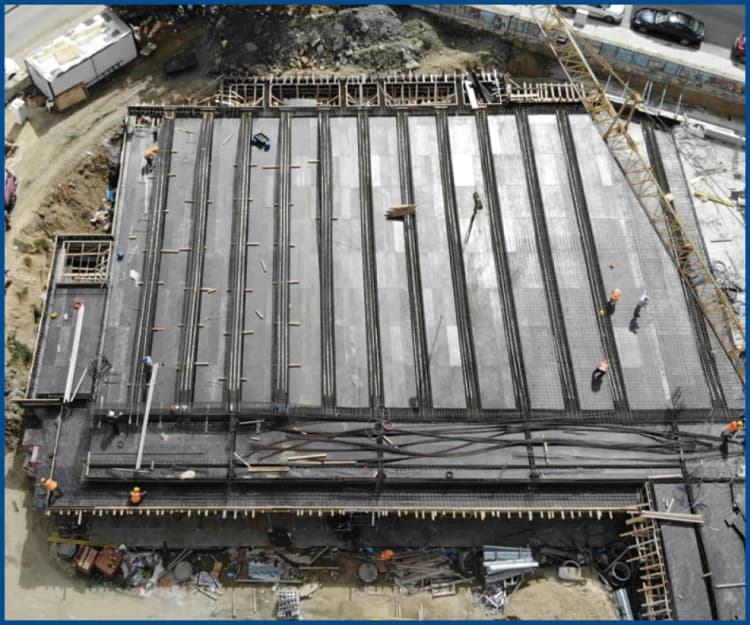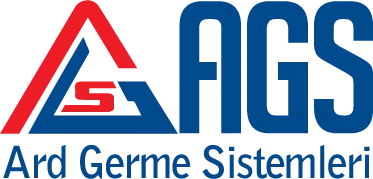Post-Tensioning Applications On Flat / Beam Slabs

Post-tensioning systems allow slabs to be constructed with thinner beams and beamless slabs using fewer supports (columns/curtains). In this way, less steel and concrete is used and, in addition to the economic advantage, more robust structures are achieved against earthquakes by reducing the overall weight of the building.
Post-tensioning systems are favoured in developed countries in order to reduce the consumption of steel and concrete, to save on construction costs and to prevent environmental damage by reducing the production of raw materials.Post-tensioning systems are often used in areas where Hmax is limited to allow more slabs to be built at the same height by reducing the slab thickness.


For large span structures such as sports halls, conference halls, ballrooms, where the use of columns is not preferred, post-tensioning systems can easily provide the required spans.
Alternatively, steel structures used to span large openings require serious precautions against fire and corrosion and incur significant maintenance costs over the years. On the other hand, reinforced concrete structures built with post-tensioning systems have no maintenance costs throughout the life of the structure.

